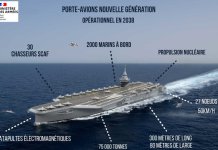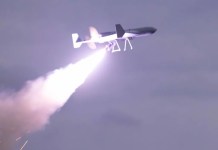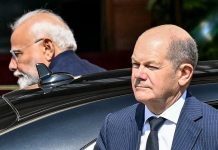Why are the Special Forces of India, including MARCOS and Para SF, nowhere close to the US Navy SEALs and other Western Special Forces?
Though MARCOS and Para SF commandos are more resilient and daring, however, the lack of resources impairs their operations and thus the success rate. So, how do the special forces of India, MARCOS & Para SF stand against their western counterparts?
There is an almost embarrassing lack of adequate acquisition within the elite regiments of the Special Forces of India. The Marine Commandos (MARCOS) and Para SF are highly undervalued than their American counterpart – Navy SEALs.
Special Forces Of India – Para SF
The Indian Army’s wing of Special Force commandos called Para SF was created in 1966 during the Indo-Pakistan War (1965). They came into existence under a maverick military endeavor undertaken by Major Megh Singh, who constituted a small group of lethal soldiers to operate behind enemy lines and thwart enemy defenses.
The team was initially called the ‘Meghdoot Force’ owing to the ad-hoc nature of the operation under Major Megh Singh. This group was disbanded and joined with the Parachute Regiment, which became the first special operations unit.
The current strength of the Para SF stands around 5000-6000 personnel. The Para SF has participated in many combat operations, including Operation Bluestar, the conflict in the Maldives, and the 1999 Kargil War. Para SF is considered one of the oldest special forces in India, having real combat experience.
Special Forces Of India – MARCOS
The Marine Commandos (MARCOS) is an elite force within the Indian Navy who are trained to perform missions on all terrains. In terms of capabilities, the MARCOS are the closest to that of the Navy SEALs.
Formerly known as Indian Marine Special Force, the group is said to be particularly specialized in maritime operations. With a strength of around 2000, most of their operations remain classified.
Among the known active combat involvements, the group has participated in Operation Pawan (Sri Lanka-LTTE conflict), Operation Black Tornado (2008 Mumbai Terror Attacks) and the 1999 Kargil War. The training program of the outfit is modeled around that of the Navy SEALs and harbors a lot of comparison in that line.
The combined capabilities of the special forces units like MARCOS and Para SF are effective in many situations of “unconventional combat.” These regiments are heavily involved in counter-insurgency operations and special reconnaissance for the Indian Navy and Indian Army, respectively, and national security sustenance as a whole.

These outfits are also heavily vested in hostage rescue operations, the difference being that MARCOS involves itself in mostly maritime environments while the Para SF largely seeks operations within and beyond Indian territories.
The MARCOS is heavily involved in clandestine operations on vital maritime assets behind enemy lines, amphibious operations, and pre-assault ops in support of military operations. The Para SF, on the other hand, is involved in almost similar activities but largely on land. They are involved in subversion and sabotage operations behind enemy lines, along with covert and direct action operations.
Special Forces of India – Where are they Lacking?
Combat in recent times has achieved an aggregated impetus with growing tensions in different parts of the nation’s borders. In an attempt to combat this crisis, the armed forces have instituted elite regiments to cater to threats that might hamper India’s sovereignty.
The special forces of India, such as the MARCOS (Marine Commandos – Indian Navy), and PARA SF find themselves ill-prepared in modern covert and direct warfare as compared to their American counterparts.
There is a glaring lack of modernization within the special forces of the Indian military. There is a major setback in the weapons of warfare with the Para SF using the Israeli TAR 21 Tavor, an Israeli rifle that fails to give the same impact as the use of arms by the Navy SEALs.
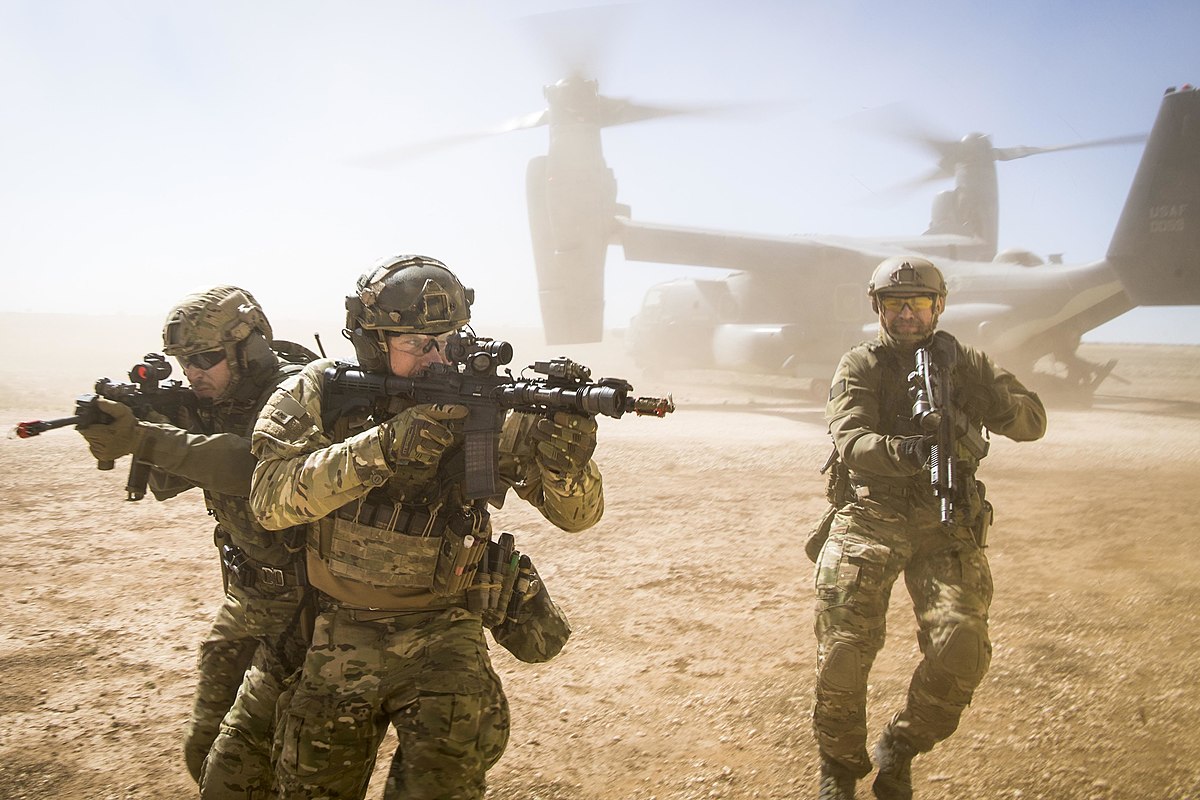
More often than not, the ammunitions provided to the Navy SEALs are largely technically sound and highly modernized. There is a great use of technology and amalgamation of tactile arms use and modern resources.
There is a lack of equipment and weapons within Indian special forces. Where the Navy SEALs have M88 .50 PIP and M-14 sniper rifles and AT4 anti-tank rockets, the Para SF finds themselves highly undermined, with most of their kit supplied by the Ordnance Factory Board.
There is a lack of good anti-material rifles and long-range sniper rifles. A common complaint within the special forces outfits in the military is the lack of regiment-specific equipment, which is solely dedicated to the particular unit of the special forces.
Commenting on the Bin Laden mission by the Navy SEALs, an Indian SF officer pointed out (as per secondary research by the EurAsian Times) that the entire mission was carried out in Special Operations Black Hawk helicopters. The officer suggested, “We can only boast of Mi-17V5 transport choppers, which too are not dedicated for us.”
Special Forces of India – What’s Going Wrong?
There is a lack of coordination within the command circles for these forces as a result of which there is a lack of cohesiveness in their response. There is a separate intelligence wing for each special forces outfit which makes it chaotic to pass and share information for effective execution of the mission.
Apart from an overall lack of coordination, there are rampant turf wars that often end up in wasteful expenditure. An example is a purchase of Unmanned Aerial Vehicles (UAVs) by the Air Force, Army and Navy in that order. Each of these was bought at different prices from Israel, unmindful of the repair and maintenance costs.
It is rumored that most of the acquired UAVs now collect dust in some military warehouses. There is an argument to be made for a centralized authority among the Special Forces units of all factions of the military. This system is followed by the US Navy SEALs and other Special Force units under the aegis of Joint Special Operations Command (JSOC).
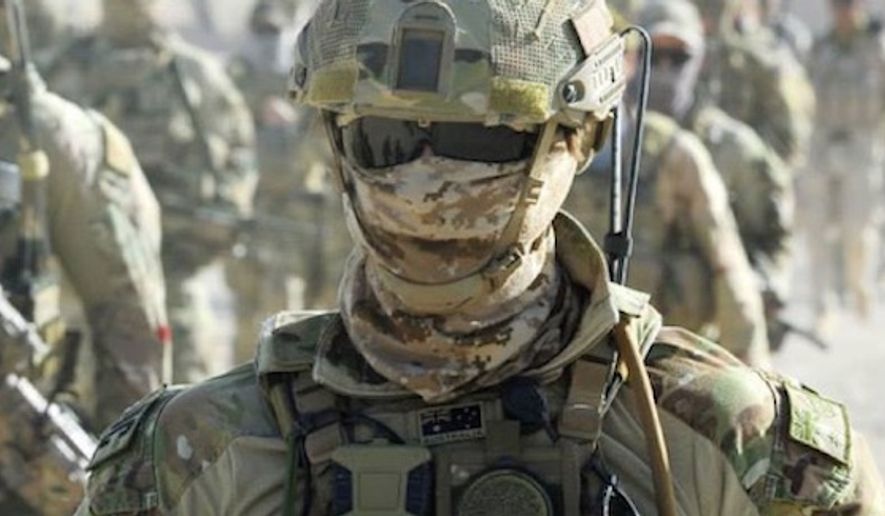
The JSOC has all the special operatives under its wing and directly reports to the US Secretary of Defence and the President while carrying out its missions. There is a need to free the Indian special forces from the trampling Indian bureaucracy of the Defence Ministry and allow them to acquire weapons and services by vesting spending on to their command.
The extensive delay to even acquire a rifle maims the purpose of the elite nature of the outfit. The newly raised 11 and 12 Para SF units were found to be deployed with basic infantry weapons in the North-East and lacked enough weapons to carry out the operation.
MARCOS has been asking for special platform V-22 Osprey helicopters that can stealthily take small teams in and out of terrains, which were shot down and almost entirely disregarded in the alleys of defense bureaucratic circus.
Special Forces of India – Lacking Technology?
The major difference between the Navy SEALs and the special forces of India (MARCOS, Para SF) is the fact that the SEALs are involved in a heavily centralized chain of command. Their missions take a national value and any and every instrument is left at their disposal.
This does not seem to be the case with the special forces of India. Another factor is the fact that there is heavy investment in modernization tendencies within the US and this spills over to military spending as well. The investment in UAVs and such arms and ammunition that are largely driven by technology are seen as tactical advantages on the ground.
The units tend to have a better knowledge of the domain than their Indian counterparts due to artificially available and highly capable alternatives. There is also the added advantage of experience in combat that the Navy SEALs can boast about. The most recent teams have been involved in more than 20 years of collective combat experience.
It is an important advantage that the special forces of India lack, comparatively. It is also important to factor in the tightly knit relationship between the CIA and JSOC which helps in the effective execution of any mission. The coordinated efforts of intelligence agencies, the defense innovation industry and the operatives make for easy execution.
The state of coordinated efforts in Indian special forces circles is abysmal as it is maimed by a turf war, bracketed lines of communications with each wing having its trail of intelligence. There is a lack of coordination and sharing of intelligence. The ineffectiveness of the Defence Research and Development Organisation (DRDO) to innovate due to never-ending red tape and jingoism leads to further shoddiness in work ethic and, therefore, precision-driven results.
There is the fact that in recent times, the value of these elite forces has been degrading consistently. The elite status bestowed upon these operatives owing to their specific training for carrying out specific operations is being undermined.
It is found that nowadays, the special forces personnel are being utilized as lower corps formation in infantry battalions. There is a decadent inability to see the value of special forces operative as a strategic asset rather than a tactical asset.
It is imperative that the Indian special forces are kept away from Cordon and Search Operations (CASO) and daily counter-terror operations. At a time when the world is seen to utilize tactical gear and highly modernized machinery, Indian forces still seem to live in a world of using Maruti Gypsy.
It is important that the special forces acquire the state of the art technology to combat the dynamic nature of the terrorist threat of the modern world. Essentially, Indian special forces need the technology of tomorrow and not yesterday to come at par with the US Navy Seals.
There must be an increase in training opportunities in foreign countries. The ramping up of Para SF, MARCOS and other Indian SF units training sessions with US Army SF, Navy SEALs, Sayeret Matkal and the British SAS. The involvement of the unorthodox but effective tactics of the Russian Spetsnaz have seen to take effect in modern warfare, the Indian units can gain from engaging with these foreign outfits.
Improvements in Special Forces of India
In recent years, there have been some improvements in the initiatives taken for the sake of the Indian Special Forces. The recent constitution for central command, Armed Forces Special Operations Division, has taken shape.
Major General AK Dhingra is said to helm the initiative and this division would be the first point of contact for major counter-terrorist operations. This division would have a strength of 3000 personnel drawn from all special forces services in the country. There are reports that the said Armed Forces Special Operations Division would have its coordinated cyber agency to collect, coordinate and execute intelligence for any given operation.
In terms of weaponry, the special forces can see an upgrade with the purchase of new long-range sniper rifles and portable anti-tank systems and modernization efforts to the clandestine warfare arm. The government has called for specialized weaponry from Finland, Germany, Sweden, Israel and Russia.
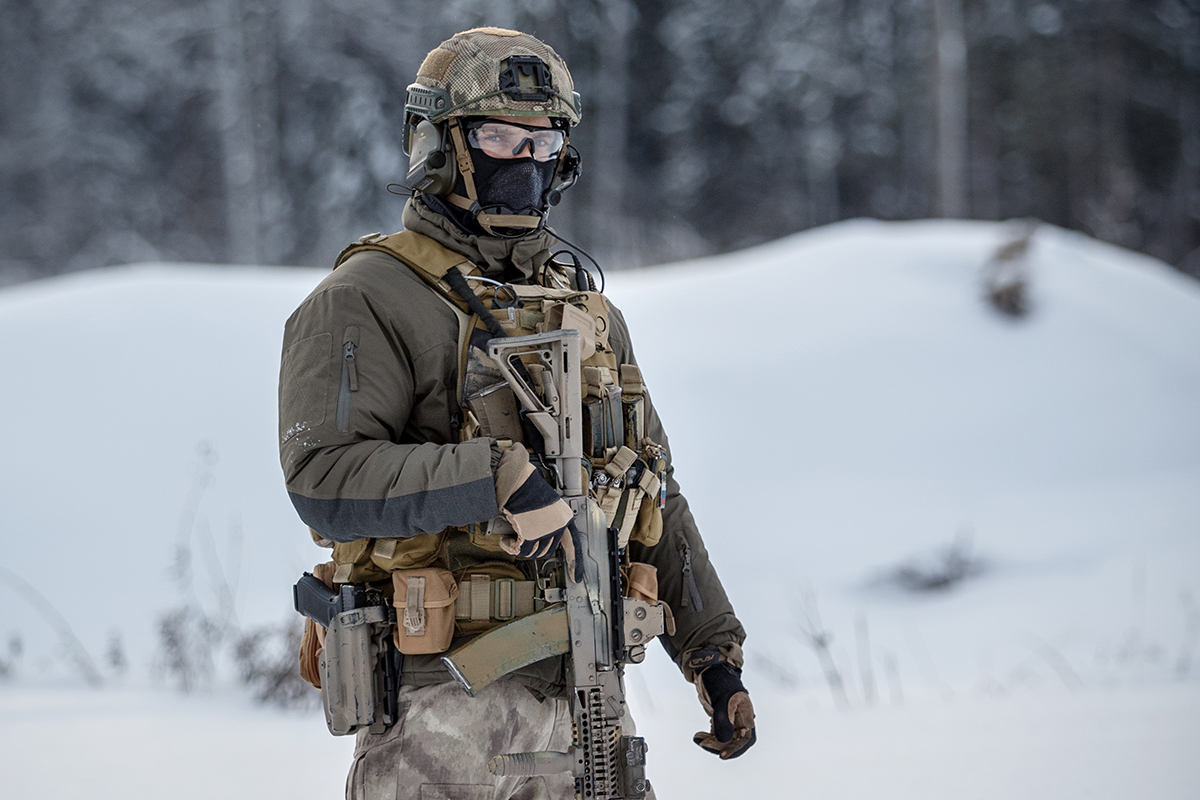
According to sources, more attention is being paid to elite forces as a result of the growing insurgency near the borders. Contracts for new Finnish Sako sniper rifles, Swedish Carl Gustaf Mark-4 lightweight rocket launchers, and Italian Beretta pistols with silencers, for instance, have been inked for the Army’s existing nine Para-SF battalions, suggests sources.
Russian VSS-suppressed sniper rifles, air-droppable rubberized inflatable boats, remotely operated underwater vehicles for explosive disposal, combat free-fall parachutes, hands-free power ascenders and opposed boarding equipment are all in the pipe for the MARCOS.
There is no doubt in the capabilities of the Indian special forces, especially MARCOS and Para SF. In terms of physical and intellectual abilities during combat, the Indian elite soldiers are at par or, if not better, than their US counterparts.
Modern warfare isn’t just about grit anymore, there are many moving pieces and technological integration that gives an edge on the ground. If the special forces of India wish to reach the standards of the Navy SEALs, British SAS or Russian Alpha Group, it is important that the system is overhauled.
The debilitatingly chronic delays on items as fundamental as parachutes and new rifles stifle the morale of the officers. Until these glaring holes in the bureaucracy are not addressed, India may never truly realize the full potential of MARCOS and Para SF.
The analysis has been penned by Mumbai-based author Rahul Mahesh.

